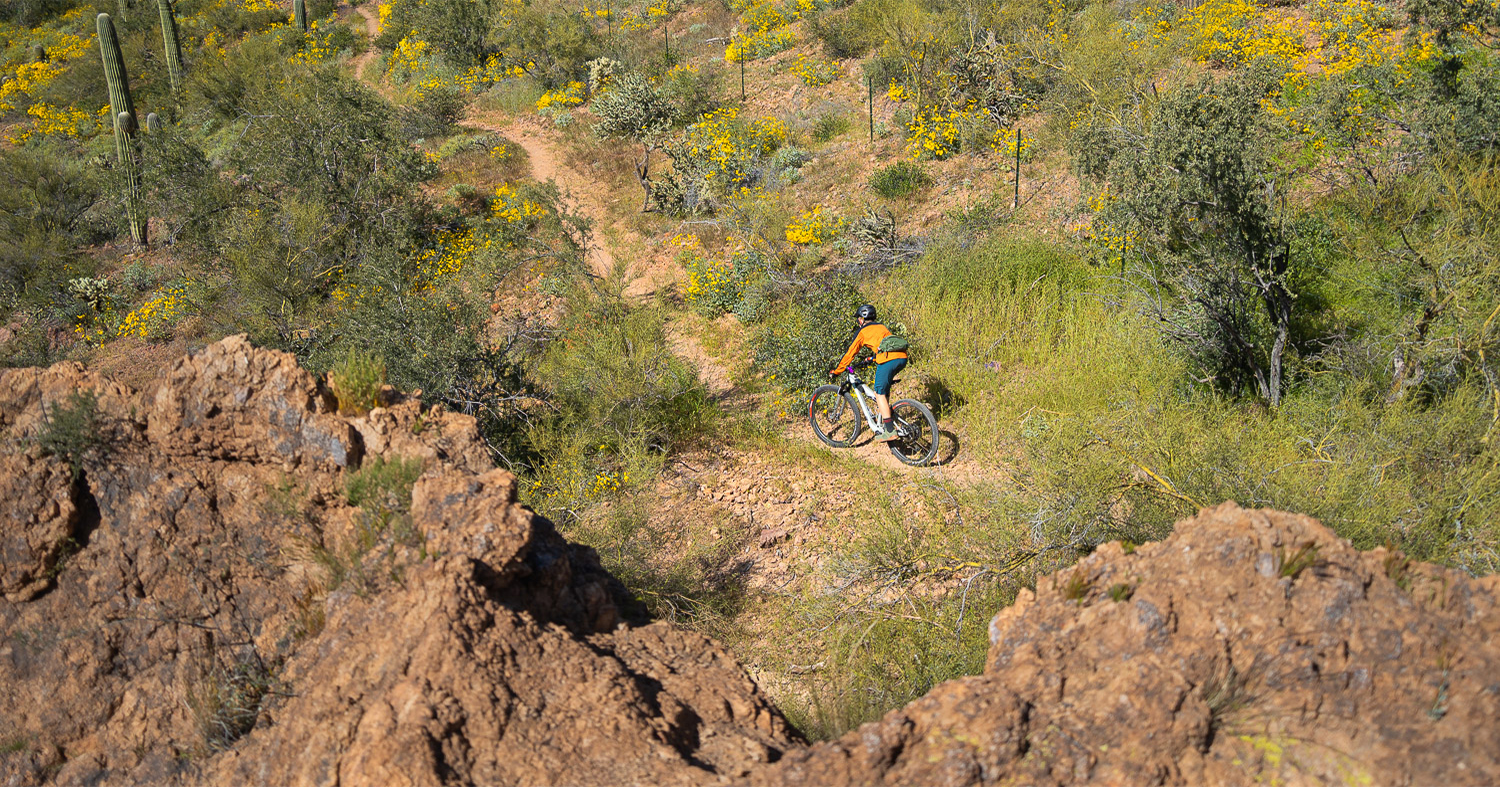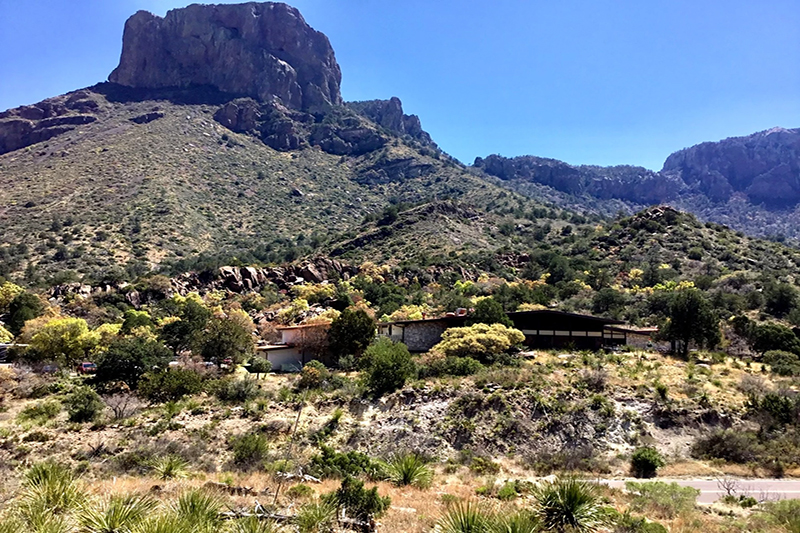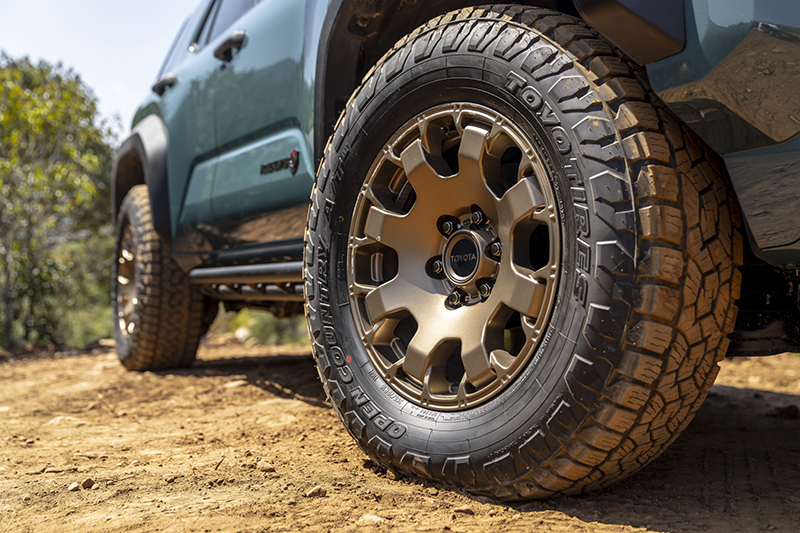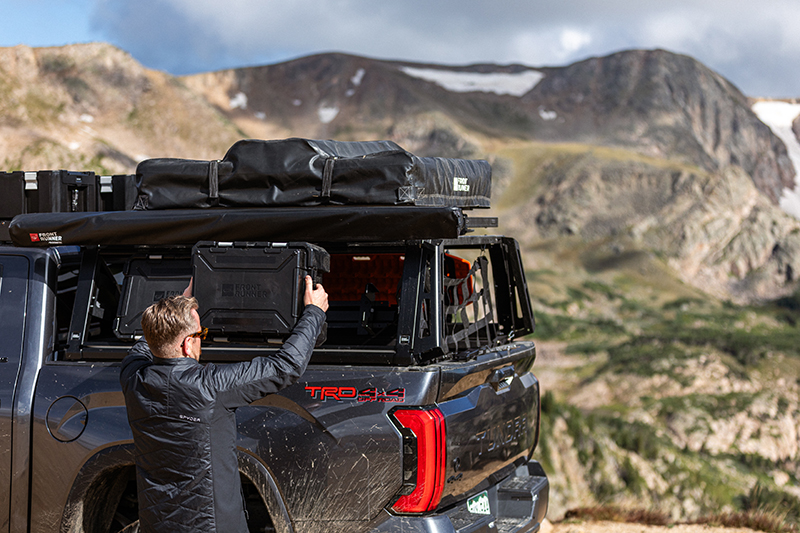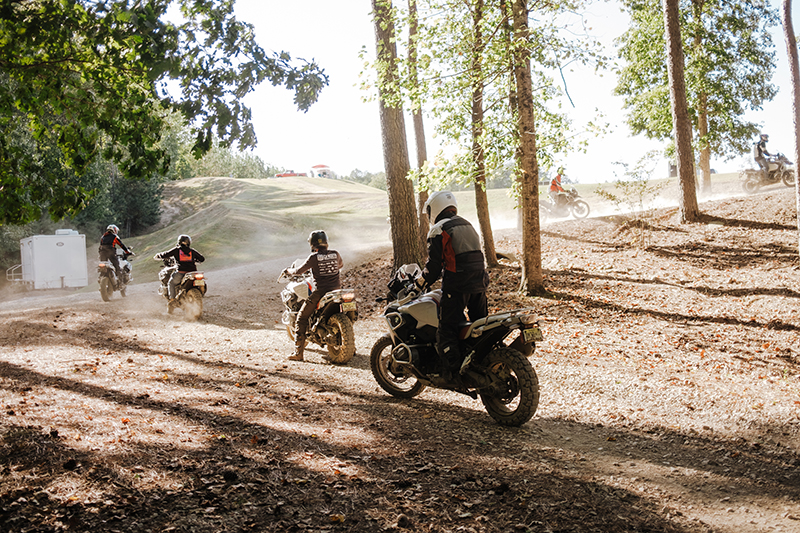Tamron’s Di III RXD Lens offers versatility and excellent optics for a variety of outdoors and landscape photog adventures
I’ll be honest – I didn’t have high expectations when I plunked down $650 for the Tamron 28-200mm f/2.8-5.6 Di III RXD lens for use on my Sony A7IV. I just needed a relatively compact, affordable lens with a wide range of focal lengths that would be easy to travel with on commercial flights. There weren’t many lenses in the running and I settled on the Tamron because it was readily available and within my budget. Not long ago, superzoom lenses were an exercise in compromise; what you got in versatility you gave up in image quality. For less than $700, and with such a wide zoom range, I was willing to accept this compromise for an easy to pack, “do-it-all” travel lens.
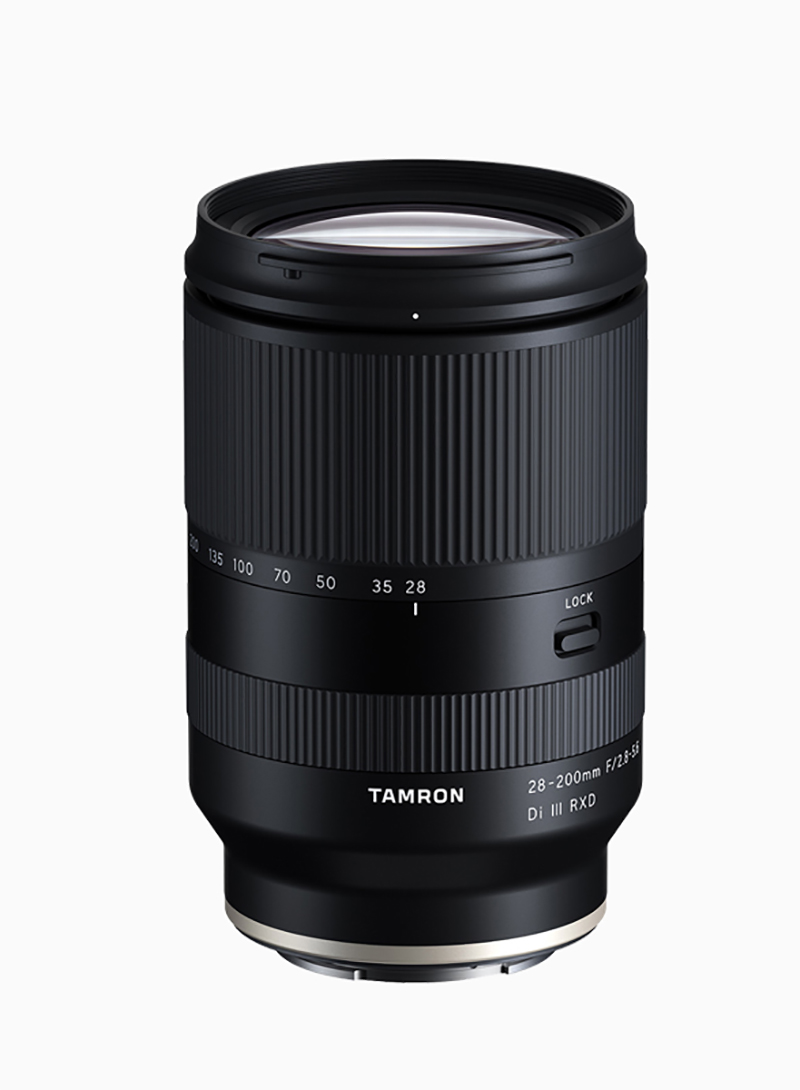
I’ve owned this little powerhouse of a lens for over six months and have found myself reaching for it far more often than I’d anticipated. As a professional nature and adventure photographer, I have no shortage of expensive, razor-sharp lenses in my backpack. The Tamron is quickly becoming one of my favorites.
Why is that? Before adding the Tamron lens to my kit, my go-to lens was the popular Sony 24-105mm. It offers a fairly wide zoom range in a relatively compact package with very sharp optics. Though the Tamron isn’t quite as wide (28mm vs 24mm), it has significantly more reach on the long end and I’ve come to discover that it gives up nothing with regard to image quality. Useful zoom range? Check. Sharp images? Check. Relatively compact size in a weather resistant and affordable package? Check. Come on, it can’t be perfect, right? There has to be some type of compromise! Well, there is. A couple of them, actually.
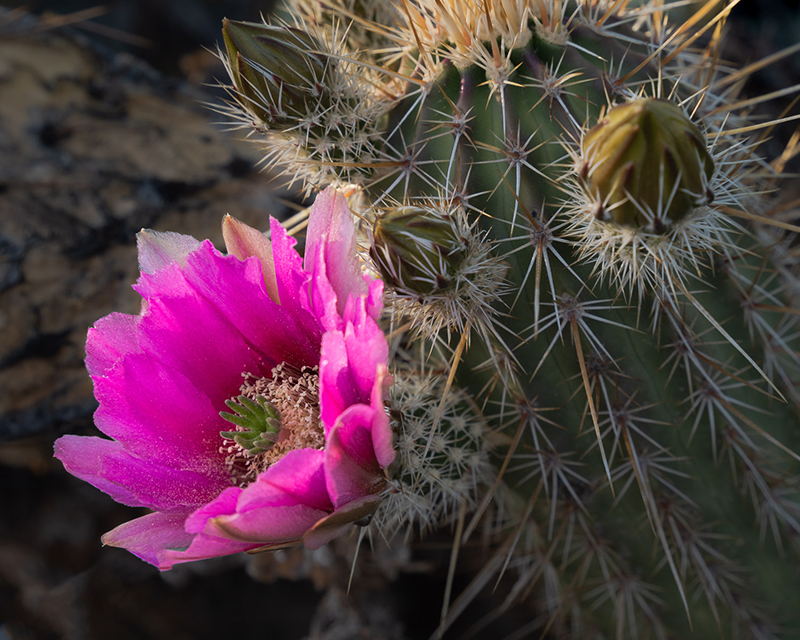
The bright pink bloom of an Engelmann’s hedgehog cactus is shown in the Superstition Mountains near Gold Canyon, Arizona.
My biggest complaint – and this might be the one that makes the Tamron a no-go for you – is the focusing speed. If you’re strictly a landscape photographer, focusing speed is of little importance and the Tamron’s speed is more than adequate. On the other hand, adventure and wildlife photography often involves fast moving subjects – as in mountain biking – and this lens struggles to keep up – especially in low light. That said, I do still use it while riding and have learned to adapt my shooting style and technique to produce high quality action images. Of less concern, at least for me, is that there is no switch on the lens to change between manual and auto-focus. You can still focus manually but you have to use the settings menu on the LCD screen to switch between the focusing modes. It’s a little clunky and inefficient.
Just how sharp is this Tamron lens? That I can’t tell you. I’m not one to set up multiple targets and photograph them all at various focal lengths and apertures so I can scientifically analyze the images in a lab. There’s already somebody who does this and if you’re the kind of person who needs that kind of information to inform your purchasing decision, check out DxO Labs and geek out to your heart’s content. All of my “data” was gathered in the field, shooting a variety of subjects throughout the lens’ focal length range, in all kinds of light, over a period of several months. When processing images, I zoom into 100% in Adobe Lightroom and check edge to edge sharpness (on landscapes). This is the admittedly non-scientific way I’ve evaluated the lens and determined that the Tamron 28-200mm lens produces images that are sharp, with accurate colors and good contrast. Perhaps what has surprised me most is just how sharp images are when photographed at the extreme telephoto end of the lens, i.e. 200mm, which is where most superzooms begin to fail miserably. Bravo, Tamron. Bravo!
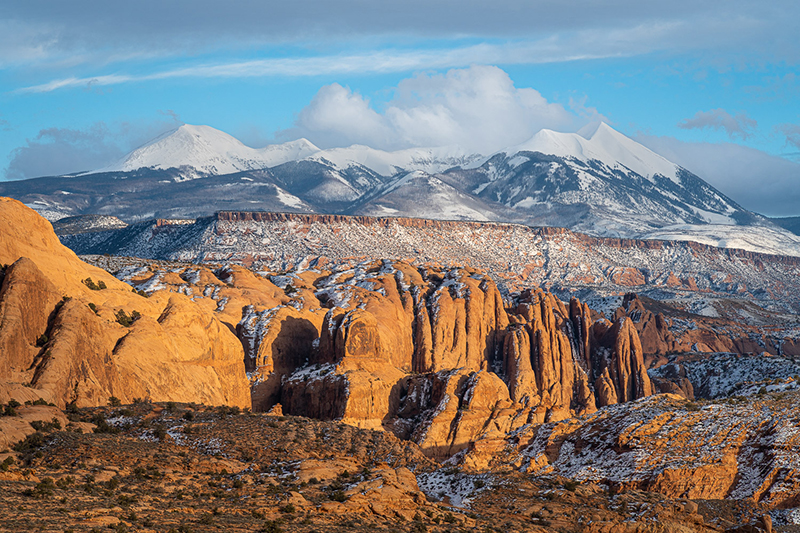
Warm sunset light bathes sandstone fins below the snowcapped La Sal Mountains in Moab, Utah.
Build quality is very good, although you won’t mistake it for a “pro” level lens. Tamron uses plastic to keep weight and cost down, potentially at the expense of durability and aesthetics. The lens is weather-resistant and I’ve used it in light rain and snow several times with no ill effects. Only time will tell if long-term durability is an issue. Metal ring where it attaches to camera? Where is plastic on lens?
The Tamron ships with a reversible hood, front and rear lens caps, and a (chintzy) protective bag. It is designed for use on Sony jE-Mount full-frame cameras but can also be used on Sony cameras with an APS sensor, though you’ll need to consider how the crop factor impacts the focal length range. For example, a sensor with a 1.5X crop sensor provides a focal length range of 42mm – 300mm.
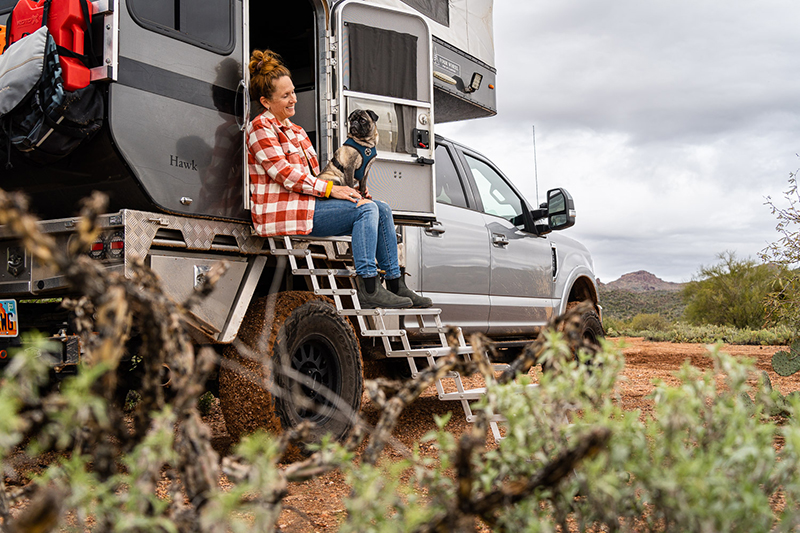
A woman and her pug dog relax on Torklift stairs attached to an overland camper at campsite in Superstition Mountains, Arizona.
Bottom line? The Tamron 28-200 f2.8-5.6 Di III RXD is a versatile lens with outstanding optics at a fair price. It has become a valuable addition to my kit and I believe most travel, nature and landscape photographers who give this lens a shot will feel the same.
About Bret Edge
Bret Edge is one of OutdoorX4’s Senior Photographers and is a professional landscape and adventure photographer living in the high desert paradise of Moab, Utah with his wife, Melissa, their son Jackson, and two All-Terrain Pugs. Bret leads private and group photography workshops throughout the Rocky Mountain region and sells fine art prints through his Moab studio, The Edge Gallery. His images have been used in dozens of magazines, books and tourist publications.
When he doesn’t have a camera glued to his face he’s probably road tripping with his family, mountain biking, hiking, working on his flip flop tan or looking for an excuse to sleep in.
Bret’s portfolio is available online at www.bretedge.com and you can learn more about his workshops at www.moabphotoworkshops.com.
OutdoorX4 Magazine – Promoting responsible vehicle-based adventure travel and outdoors adventure


